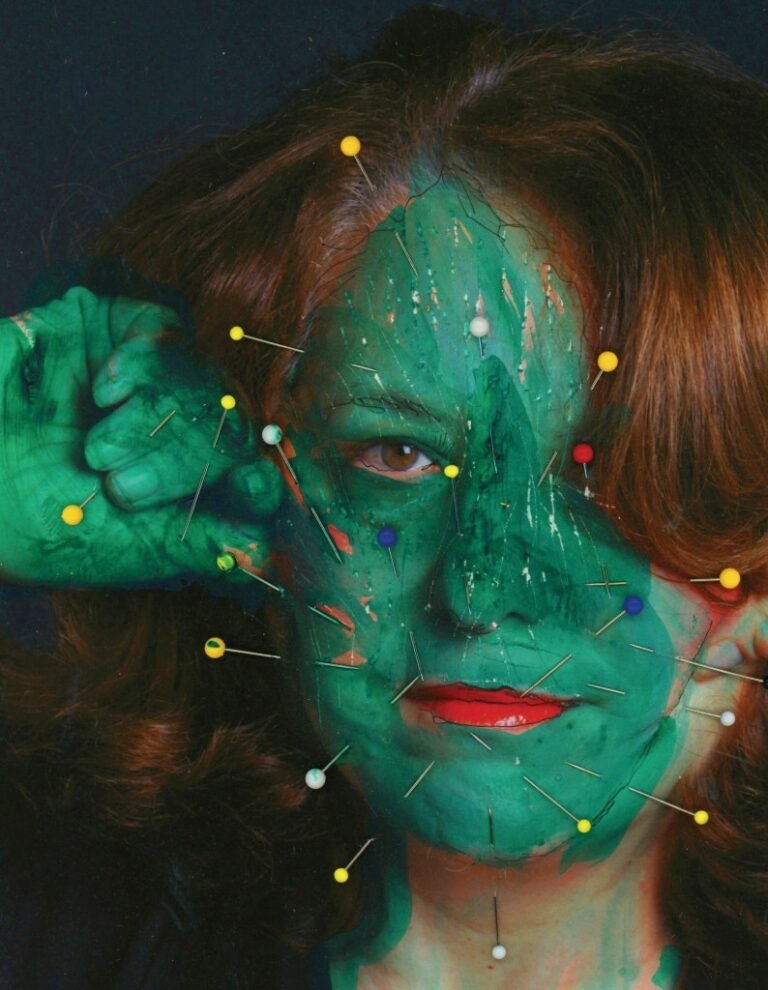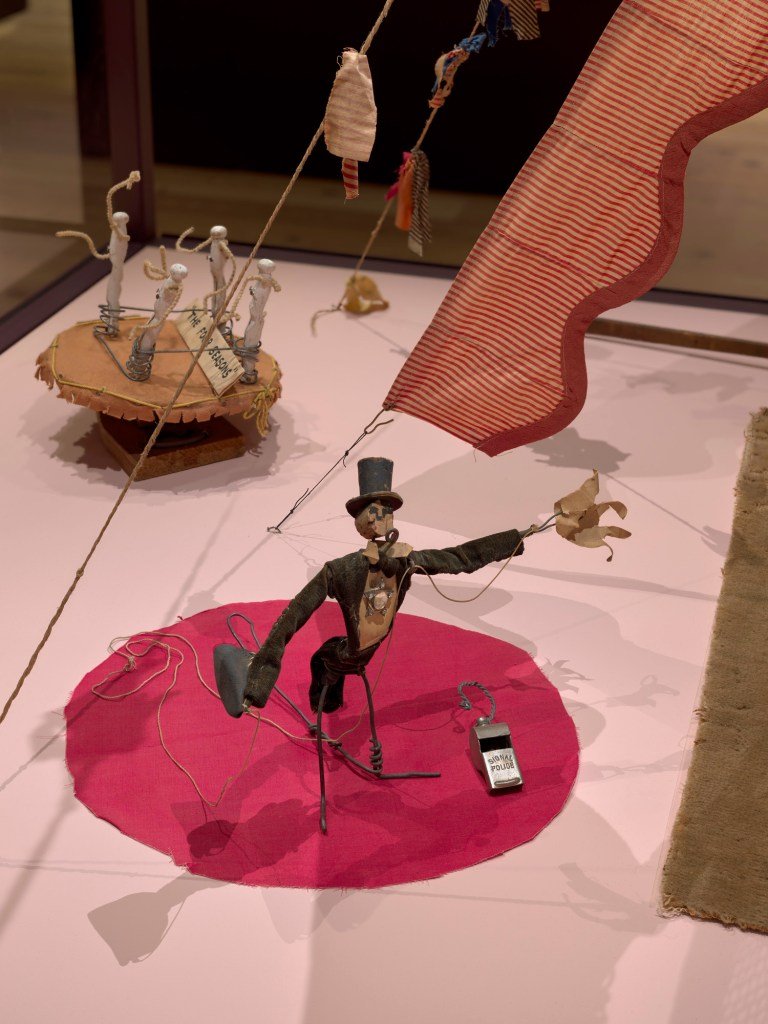

As the days get shorter and colder, it helps to see art that seems to wrap us in a warm blanket, jolt us out of our winter fog, or bring a little excitement to our lives. The shows below are very different, but all are good antidotes to the oncoming seasonal affective disorder. Start at El Museo del Barrio with multitalented artist Coco Fusco’s first US museum retrospective — a must-see for anyone, whether you know the artist’s work or not. Then make your way to The Met Cloisters to find out about the fascinating nuances of gender and sexuality in the Middle Ages. After that, take a cozy trip to the American Folk Art Museum to take in the history and science of quilts (one of my favorite home accessories as the temperatures drop). Finally, get a burst of energy with Calder’s Circus at the Whitney Museum, one of the most joyous shows in town. —Natalie Haddad, Reviews Editor
Coco Fusco: Tomorrow, I Will Become an Island
El Museo del Barrio, 1230 5th Avenue, East Harlem, Manhattan
Through January 11, 2026

“Across her career, she has inhabited a succession of roles — museum specimen, interrogator, colonial queen, subaltern laborer — to expose the systems that produce them.” —Clara Maria Apostolatos
An Ecology of Quilts: The Natural History of American Textiles
American Folk Art Museum, 2 Lincoln Square, Upper West Side, Manhattan
Through March 1, 2026

“The eclectic threads of An Ecology of Quilts merge to tell a story that starts outdoors, with seeds sprouting, blooming, and reaching toward the sun.” —Julie Schneider
High Wire: Calder’s Circus at 100
Whitney Museum of American Art, 99 Gansevoort Street, West Village, Manhattan
Through March 9, 2026

“The figures have specific and detailed garments and gestures, and their simple but expressive faces feel idiosyncratic, partly because many are based on actual circus performers” —NH
Spectrum of Desire: Love, Sex, and Gender in the Middle Ages
Metropolitan Museum of Art, 1000 Fifth Avenue, Upper East Side, Manhattan
Through March 29, 2026

“Medieval art tells a far more complicated story: Instead of strict gender roles, people in the Middle Ages performed and identified gender through actions.” —Emma Cieslik


